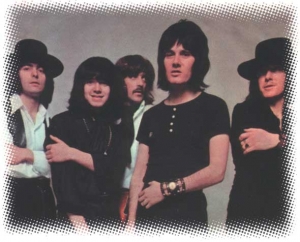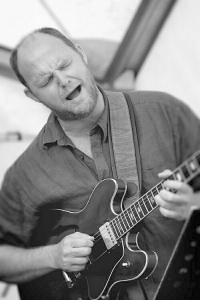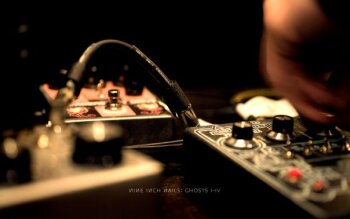Music and vocals: learning to sing
 Introduction
Introduction
The exercises of this system are aimed at releasing the voice from tension, at developing and strengthening it, primarily as a human instrument and as an instrument of acting. This, rather, the release of the natural voice, rather than the development of voice equipment. (But I think that it will be very useful for vocalists to get some skills of relaxation, release from clamps.)
The purpose of Linklater’s method is to force the intellect to form a voice in direct contact with emotional impulses, without being an obstacle to it. Since the sounding voice is the result of physical processes, the muscles of the body must be free from tension in order to become susceptible to the brain impulses that generate speech. The natural voice is most noticeably blocked and distorted by physical tension. He also suffers from emotional, intellectual and emotional clips. All these interferences are of psychophysical properties. When they are eliminated, the voice will be able to convey the full range of human emotions and all the richness of thought.
Linklater offers to work on the exercises not alone, but with someone together, from time to time going back to the method and testing each other – joint training will be more successful.
You should not make hasty conclusions about what is right and what is wrong. Do not trust only “self-censorship”, your internal judge is not always objective, based on the usual feelings and evaluations. Neglect your intelligence for the sake of new emotional and sensual impressions. In order for the result of the work to be obvious, you need to pay classes at least an hour a day for a year. Notice how you use your voice all day long, thus continuing the practical exercises. Do not expect immediate success and be patient. Even if you fully comprehend the technique and put it into practice in the exercises, it will take a long time until the learning results appear in the performances where you play.
Scheme demonstrating the mechanism of the voice:
• a) a series of impulses originate in the motor part of the cerebral cortex and through the nerve endings participate in the formation of speech;
• b) the movement of impulses is regulated in such a way that, upon arrival at their respective parts of the body, ensure their coordinated activity;
• c) part of the pharynx opens, the inhalation respiratory muscles contract, pressure in the chest decreases, air is relatively freely penetrating the lungs;
• d) when there is enough air in the lungs, the abdominal muscles and the thorax force the air back through the sound channel of the throat, mouth, and nose;
• e) the vocal folds partially close the pharynx, preventing air flow and its exit;
• e) plastic vocal folds begin to vibrate when air passes between them;
• g) these vibrations stratify the outgoing air flow, which rushes through the sound channel;
• h) these impulses set in motion the air in the cavity of the mouth and nose, creating a sound in the sound channel;
• i) the shape, volume, degree of openness of the resonator determines the overtone sound quality, while the pitch of the sound depends on the rate at which the vocal folds vibrate;
• k) there are two types of resonation: the first gives shape and color to the voice that is not converted to speech, in the second case the sound undergoes changes, adapting to the speech. The first type of sound is inherent in man from nature. The second is closely related to speech. The effort required to move from the first type to the second, as well as the movements that these efforts evoke, we call articulation.
Why the voice does not work
In the process of communication, the voice is confronted with obstacles that prevent it from sounding directly, because the immediacy depends on reflex responses.
The majority of people have lost this ability, and perhaps the desire – to behave directly (except for moments that go out of control – severe pain, fear, ecstasy). The reflex response to excitement is supplanted as we grow up as a result of the influence of parents or teachers, then friends, screen stars, etc. (it’s enough to remember how we were taught to behave in public – “sit quietly”, “not shout”, etc. ). The answer of a mature person provides a balance between controlled and instinctive.
Communication begins with an impulse that is transmitted through the spinal cord to the nerve endings that regulate the muscles that drive the organs of speech. The impulse energy, its greater or lesser voltage, will depend on the stimulus that generates this impulse. Suppose someone tells you: “Good morning!”. If you see this person every day and you do not care, the stimulus will be minimal. This will cause a weak response pulse and minimal change in breathing. The muscles of the throat only to a small extent will be involved in the process of vibration for a “on-call” response. If you really love this person, then meeting with him will be a significant stimulus and arouse your emotions.




